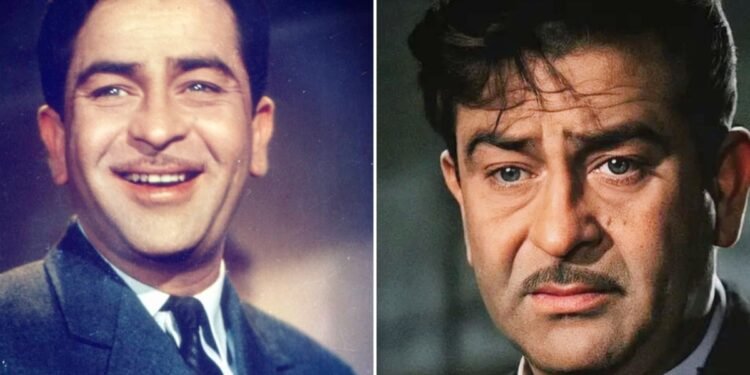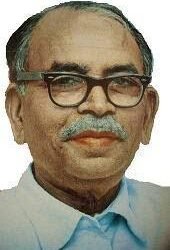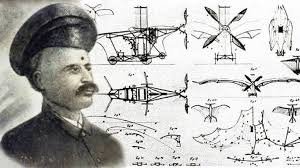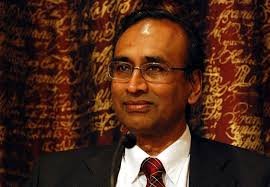In the bustling Qissa Khwani Bazaar of Peshawar, on December 14, 1924, Shrishti Nath Kapoor was born into a family that would become synonymous with Indian cinema. Known to the world as Raj Kapoor, he was the eldest son of Prithviraj Kapoor, a respected stage and film actor, and from an early age, the magic of storytelling and drama ran through his veins. But the journey from a boy growing up in Peshawar to becoming the legendary “Showman of Indian Cinema” was filled with both challenge and triumph.
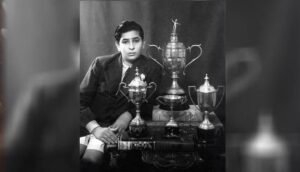
Raj Kapoor’s childhood was steeped in tradition yet full of curiosity. His early years were spent exploring the old lanes of Peshawar, playing simple games and imbibing the warmth of a close-knit family. Eventually, the Kapoor family moved to Bombay in the 1930s, where Raj’s exposure to theater deepened, especially through his father’s Prithvi Theatre. By the time he was 11, Raj made his first film appearance as a child actor in Inquilab (1935), marking the start of a lifelong love affair with the silver screen.
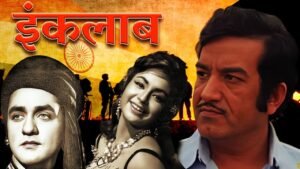
For Raj Kapoor, the road to stardom was not instant. His initial films in the 1940s met with only moderate success, and it wasn’t until 1947’s Neel Kamal and 1948’s Aag, the first film produced by his own banner R.K. Films, that he began carving a distinct identity for himself. The first movie he directed, Aag, did not set box-office records, but Raj Kapoor’s imagination and ambition were far bigger than any early setback.
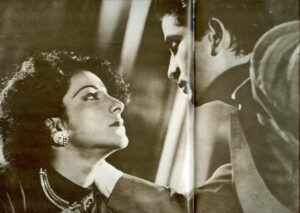
His breakthrough came shortly with Barsaat (1949), and then the iconic Awaara (1951), a film that touched hearts not just in India but around the world. Raj Kapoor’s screen persona was inspired by Charlie Chaplin’s “Little Tramp,” embodying the struggles of the common man with a sparkle of hope and defiance. Awaara explored the complex question of nature versus nurture in shaping a person’s morality, and the song “Awaara Hoon” became an anthem across Asia and beyond. The global acclaim for this film helped to truly make Raj Kapoor a pioneer in international cinema.
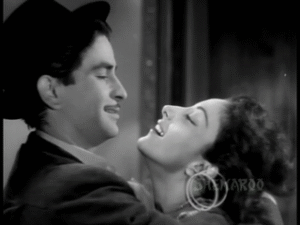
Raj Kapoor was not just a gifted actor but an innovator who used his films to hold a mirror to society. His movies like Shree 420 (1955) and Boot Polish (1954), Mera Naam Joker (1970) touched upon themes of poverty, corruption, innocence, and dreaming against all odds. The tramp-like figure Raj played was no longer just comic relief but a symbol of resilience, addressing social concerns that resonated deeply with audiences who saw their own lives reflected on screen.
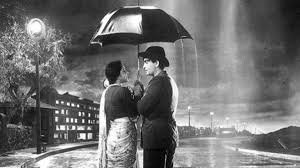
Behind the scenes, Raj Kapoor was a powerhouse of creativity and determination. His production house, R.K. Films, became famed for combining rich storytelling with memorable music and lively performances. His love and belief in his actors was profound. Nargis, who co-starred with him in 16 films, was more than just a frequent collaborator; their friendship and creative partnership helped shape much of Raj’s early success.
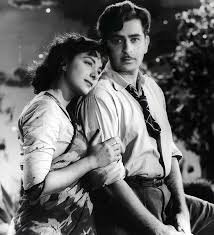
Raj Kapoor’s friendship and romantic relationship with Nargis had a profound impact on his career, both professionally and personally. They first starred together in Aag (1948), and despite the film’s modest success, their on-screen chemistry created a lasting partnership that would shape many of Raj Kapoor’s iconic films. Their close collaboration gave Raj inspiration and confidence to create movies that blended social messages with emotional storytelling, such as Barsaat, Awaara, and Shree 420.
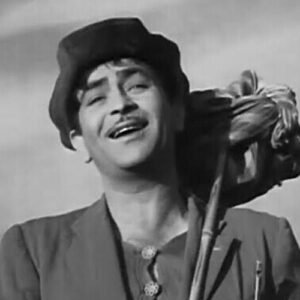
Nargis’s unconditional support meant she often accepted lower pay and chose to work predominantly in Raj Kapoor’s films, demonstrating a deep personal and professional loyalty. Raj Kapoor’s trust in her talent helped launch both their careers to new heights, while also establishing RK Films as a powerhouse in Bollywood. The warmth and depth they brought to their characters made their films resonate with audiences worldwide.
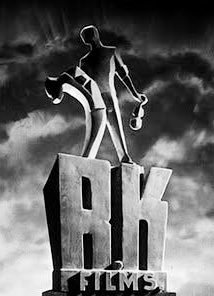
However, their relationship also had challenges. Nargis’s family, especially her brothers, disapproved of the personal association, feeling it limited her career opportunities outside RK Films. Professionally, while Nargis stood by Raj, there were moments when she felt sidelined or underappreciated as roles shifted. Their romantic relationship did not culminate in marriage, leading to heartbreak when Nargis later married Sunil Dutt.
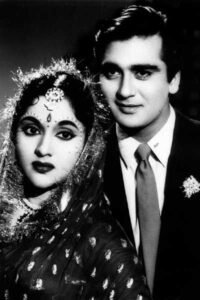
Despite personal ups and downs, the partnership between Raj Kapoor and Nargis remained a defining chapter in Bollywood history, shaping careers and creating a legacy of memorable films that continue to inspire generations.
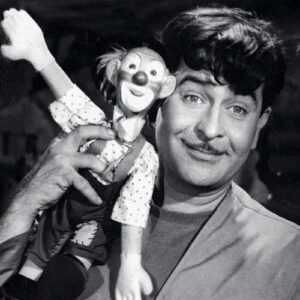
Raj Kapoor also introduced and nurtured fresh talent, including his own family members. His sons Randhir and Rishi Kapoor followed in his footsteps, as did his grandchildren. Movies such as Bobby (1973) and Prem Rog (1982) showcased new trends and stories, helping Bollywood keep pace with changing sensibilities.
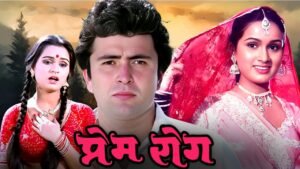
Life, however, was not devoid of its trials. Raj Kapoor had to weather many storms — from some commercial failures and health issues to personal heartbreaks. Yet, he played on with the same passion that defined his films. His dedication did not go unnoticed: he earned multiple national awards and global recognition, including the Dadasaheb Phalke Award, India’s highest cinema honor.
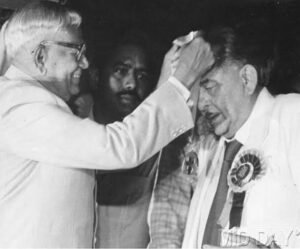
Even today, more than three decades after his passing in 1988, Raj Kapoor’s influence permeates the Hindi film industry. His films continue to be cherished for their heart, humor, and humanity. He was a man who wore many hats — actor, director, producer, poet, and above all, a storyteller with a soul full of dreams.
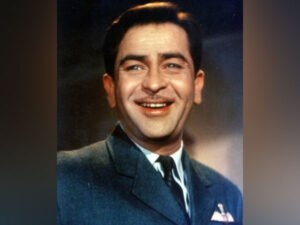
Raj Kapoor’s journey from the lively streets of Peshawar to the dazzling studios of Mumbai reminds us that with courage, creativity, and perseverance, dreams can be made larger than life. He remains a beacon of the golden era of Indian cinema, inspiring countless storytellers and dreamers to bring their own magic to the world.
Read more: https://curiousindian.in/amitabh-bachchan-shahenshah-of-bollywood-october1942-present/

